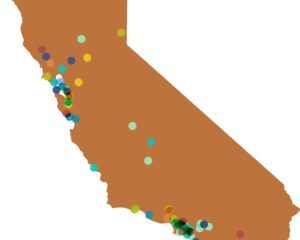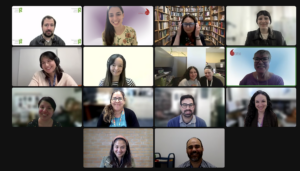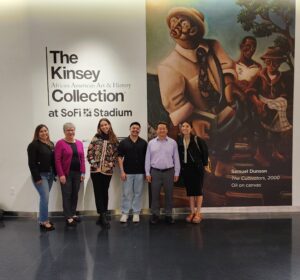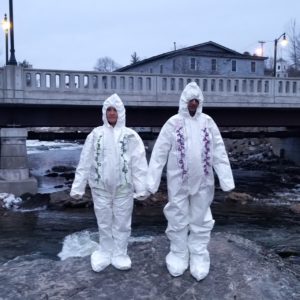
Supported by a Humanities for All Project grant, “The Land of Milk and Honey” is a series of multi-disciplinary and multi-lingual traveling arts and culture programs presented by The MexiCali Biennial (MB), a non-profit contemporary visual arts organization that showcases exhibitions on both sides of the California/Mexico border, in conjunction with partnering institutions based in the Inland Empire, the Monterey Bay region, the Imperial Valley, and along the California/Mexico border. Drawing inspiration from the writing of John Steinbeck, this program seeks to provide a broad range of audiences throughout the state with a comprehensive look at California agriculture, past and present. Through exhibitions, panel discussions, film screenings, music programs, and community-based interactive projects, artists, academic experts, writers, and culture bearers explore foodways, ecology, and food security. Special topics include the Bracero program and its legacy, the global impact of migrant workers, the symbiotic relationship between the US and Mexico, the rise and legacy of the United Farm Workers, the importance of land in the Mexican Revolution, and the history and legacy of immigration in our state.
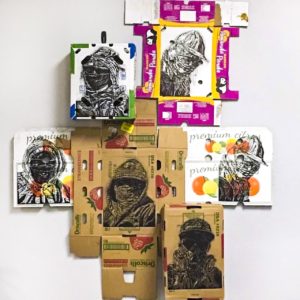
The MexiCali Biennial is thrilled to announce the upcoming projects and exhibitions:
- January 2022, an artist in residence program began with border artist Daniel Ruanova and California State University San Bernardino art and design students. The collaborators created a kinetic sculpture titled “Mexican Labor Agreement through workshops and hands-on activities.” This piece is displayed at the Cheech Marin Center for Chicano Arts and Culture of the Riverside Art Museum (The Cheech).
- On Saturday, May 14, an artist discussion exploring the residency within Ruanova’s larger Bracero Legacy Project takes place at the Little Gallery of San Bernardino at 5 pm.
- In May 2022, The Library of Congress Hispanic Reading Room will publish two collaborative research guides on the MexiCali Biennial integration into the studies of Border Art and the Geographies of the border.
- A Library of Congress Story Map project focusing on The Land of Milk and Honey themes begins in summer 2022. The map will highlight the history of agriculture and food from the pre-colonial era through the modern-day, integrating select Land of Milk and Honey artist projects. An announcement of the collaborations, Expanding the Borders of Art: Creative Collaborations with the MexiCali Biennial, can be found on the Library of Congress blog.
- Exhibitions for the Land of Milk and Honey begin September 1, 2022, with an opening at the Santa Cruz Museum of Art and History, on display through December 31.
- In early 2023, the exhibition continues at the Cheech before traveling to the border cities of Calexico at Steppling Art Gallery at SDSU-IVC and Mexicali at Planta Libre Espacio Experimental.
- In March 2023, a special exhibition at Best Practice Gallery will occur in San Diego.
The biennial is partnering with an NIH SEPA (National Institute of Health Science Education Partner Award) project housed at CSUMB. In addition, ESTA (Environmental Science Through Art) will work with youth-based in agricultural communities on STEAM projects. These projects will be displayed at MB venues as part of the exhibitions. Many thanks to Project Director Ed Gomez for supplying project updates and events.


